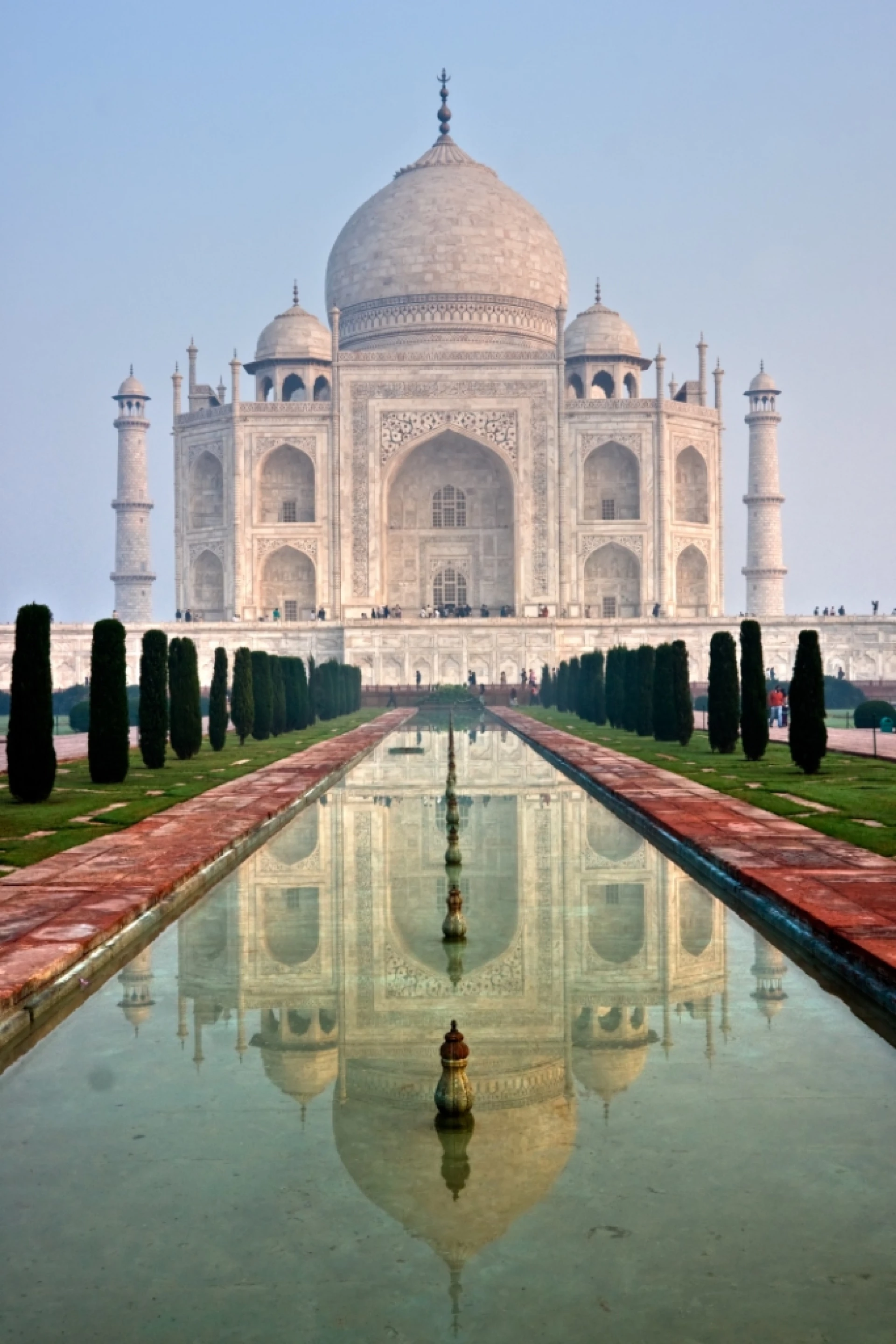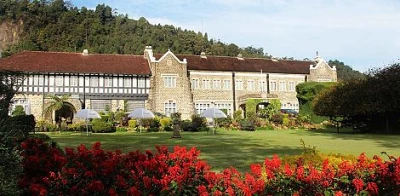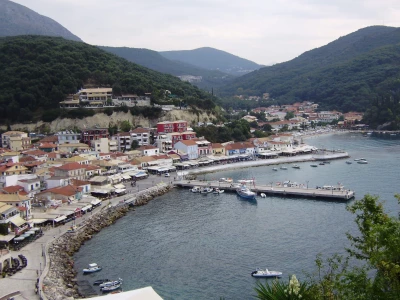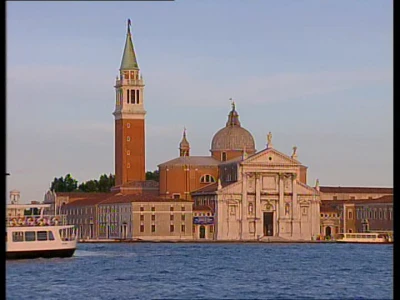
A legend at the Taj Mahal?
A legend at the Taj Mahal?
"And, across the river, Shah Jahan planned to build a second Taj Mahal for himself, in black marble, linked by a bridge of black and white marble", said our guide. I knew little of the history of one of the most famous buildings on the planet at that time but, even so, that seemed to me improbable. When I queried this explanation a small building on the other side of the River Jumna was pointed out to me as proof that work had started on the "Black Taj", except that what was there did not look, in any way, like a mirror image of the original.
You can get to Agra from India's capital, Delhi, in a couple of hours or so by train and there are plenty of fine hotels in which to stay. And, of course, the main purpose of any visit to Agra is to see this most famous of tombs, though there are several other sites of interest, especially the Fort.
I've been incredibly fortunate to have visited the Taj Mahal many times. I've seen it at dawn, in the heat of a sleepy Indian afternoon and by moonlight and it never fails to enchant me. But I became sufficiently intrigued to want to find out if the Black Taj was anything more than a traveller's tale that had grown in the telling.
The dazzling Taj Mahal took 22 years to construct and was a memorial to Shah Jahan's favourite wife, Mumtaz. She bore him a frightening number of children, certainly by today's standards, and died giving birth to her fourteenth child. His memorial to her is one of the most romantic and - you might say - ostentatious gestures anyone has ever made.
The name of the building comes from an abbreviation and different pronunciation of her name. The first three letters are lost and the "z" becomes a "j" to give us "Taj". "Mahal" means "palace", giving us the Palace of Mumtaz.
Even when you first enter the gardens you cannot appreciate quite how tall it is; that only becomes apparent when you get closer to it. The white marble is inlaid with semi-precious stones and inscriptions from the Quran which, very cleverly, seem to be the same size, no matter from where see them. It's every bit as splendid as it's designer intended, though no-one knows who the architect was; some believe it was Shah Jahan himself.
The sky makes a perfect, simple backdrop for the Taj and, whoever the architect was, must surely have planned it that way and could hardly have wanted his structure competing with another identical building, constructed from such a bizarre material as black marble. You do not have to be in India for very long to appreciate that the Mughals were master builders. Their fortresses and palaces are magnificent and numerous.
But there is one thing the could not have done. And that is build a bridge across a wide river, especially one that has only a relatively small flow of water in the dry season and is in full flood during the monsoon. Even today that would be quite a task for civil engineers. Not only that, because they knew their trade, there is no possible way they would even have considered using marble for such a project. It is a very brittle material, totally unsuitable for bridge construction.
But the clincher, for me, is that if Shah Jahan loved Mumtaz so much, as is readily apparent, would he really have wanted the river to separate them in death? I don't believe so and he is, quite rightly, buried at her side.
So, if you get to Agra one day, which I hope you will, when you are captivated the sight of the Taj Mahal - as you surely will be - do bear this in mind, should your guide come up with this old chestnut!
We'll call you back
Leave us your contact details and we will be in touch.






